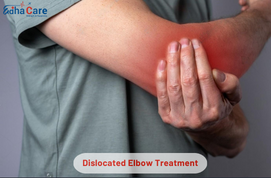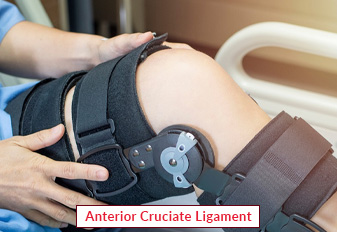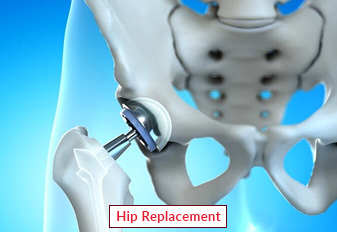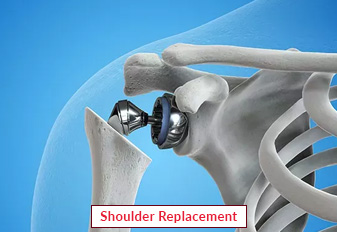Dislocated Elbow Treatment

Dislocated elbow treatment focuses on decreasing the dislocation, releasing pain, and restoring the function of the joint. First, physicians examine the patient physically and may take X-rays to see how severe this dislocation is. Manual reduction is the standard course of treatment, in which the elbow is carefully adjusted back into position. Pain relief products and cold packs are common pain management tools. To aid in healing, the elbow may be restrained with a brace or splint following reduction. To restore strength and range of motion in the joint, physical treatment could be suggested. If complications develop or the case gets severe, surgery can be required.
Book an AppointmentAbout Dislocated Elbow Treatment
Symptoms: A dislocated elbow can cause excruciating pain, swelling, a noticeable joint deformity, restricted movement motion, and trouble moving the arm.
Causes: Traumatic events including sports injuries, falls, or direct impacts to the joint at the elbow can cause dislocated elbows, which cause the bones to move out of their natural alignment.
Remedies: Treatment for a displaced elbow typically entails manual reduction, in which a medical professional manipulates the elbow to realign it. To lessen discomfort and encourage recovery, pain management techniques including cold packs, analgesics, and immobility with a sling or splint may also be applied.
Procedure of Dislocated Elbow Treatment
Evaluation: To ascertain the extent of the injury, the medical professional evaluates the dislocated elbow physically and may also order imaging tests such as X-rays.
Pain Management: Prior to starting therapy, pain management treatments like ice packs and pain medication may be used to reduce discomfort.
Sedation: To relax the muscles and lessen pain during the reduction surgery, sedation or anesthesia may be required in some circumstances.
Reduction: The medical professional carefully moves the misplaced bones back into place to carry out a manual reduction.
Immobilization: To support the joint and promote healing, the elbow is immobilized with a splint, brace, or sling following a successful reduction.
Rehabilitation: Following immobilization of the elbow, a physical therapist would usually start the rehabilitation process with mild range-of-motion and strengthening activities.
Follow-up: Scheduling routine follow-up visits is crucial to tracking the healing process, ensuring optimal joint function, and modifying the treatment plan as needed.
Require Assistance?
Get A Quick Callback From Our Healthcare Experts
Other Specilities We Cover

Anterior Cruciate Ligament (ACL)

Hip Replacement




